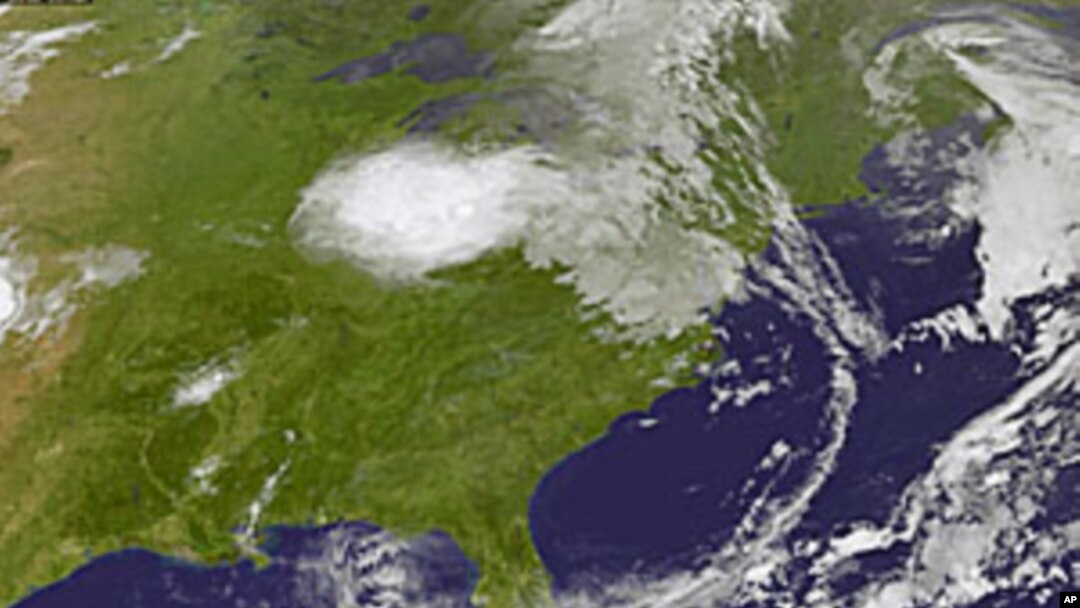Tropical storm warnings and watches are posted for parts of the Caribbean as Tropical Storm Emily is expected to move across the island of Hispaniola late Wednesday.
Haiti and the Dominican Republic share the island. The threat is particularly concerning for Haiti, where thousands of people still live in tent camps after a devastating earthquake in January 2010. One Haitian official tells the French news agency that authorities are asking people in the makeshift camps to evacuate vulnerable locations.
The Miami-based U.S. National Hurricane Center said Wednesday that Emily's sustained winds were blowing at 85 kilometers per hour. It was located 230 kilometers southeast of Santo Domingo, Dominican Republic, and was moving west at 22 kilometers per hour.
Forecasts for Puerto Rico, the Dominican Republic and Haiti call for up to 15 centimeters of rain, although some areas could receive as much as 25 centimeters. The hurricane center says the rains could cause life-threatening flash floods and mudslides in areas of mountainous terrain.
A tropical storm warning is now in effect for Puerto Rico, the Dominican Republic, Haiti, southeast Bahamas and the Turks and Caicos Islands. A tropical storm watch is in effect for the U.S. Virgin Islands and the central Bahamas.
The storm is expected to reach the southeastern Bahamas and Turks and Caicos Islands on Thursday.
Forecasters warn the storm surge may raise water levels about half a meter above normal tides in the tropical storm warning area.
Elsewhere, Hurricane Eugene has reached major hurricane status over the open Pacific, but forecasters said no coastal watches or warnings are in effect.
The Category 3 storm, with winds of 185 kilometers per hour, was 915 kilometers south of the southern tip of Mexico's Baja California area. The storm could strengthen further before beginning to weaken on Wednesday night as it moves over cooler waters.
Tropical Storm Emily Heads Toward Haiti, Dominican Republic

This image provided by NASA taken at 2:32 a.m. EDT Wednesday morning Aug. 3, 2011 shows tropical storm Emily, lower right. Forecasters at the National Hurricane Center in Miami said up to 10 inches (25 centimeters) of rain could fall Wednesday in some par



